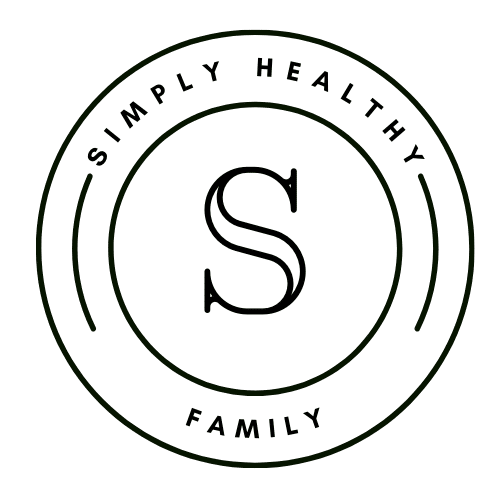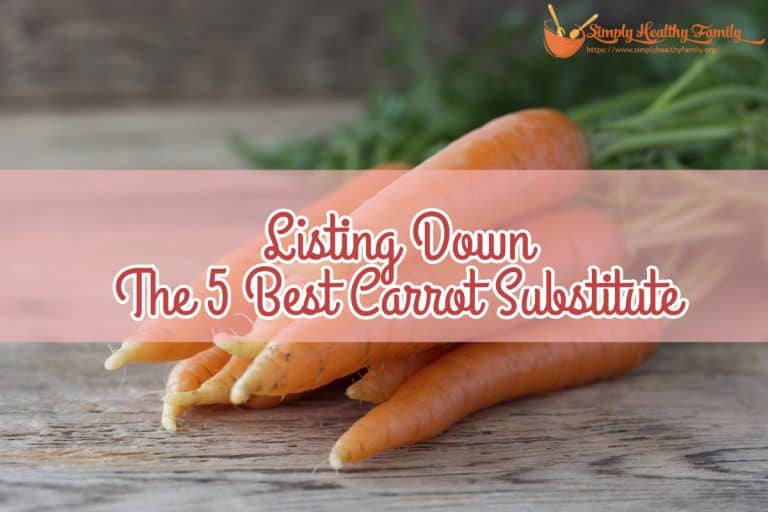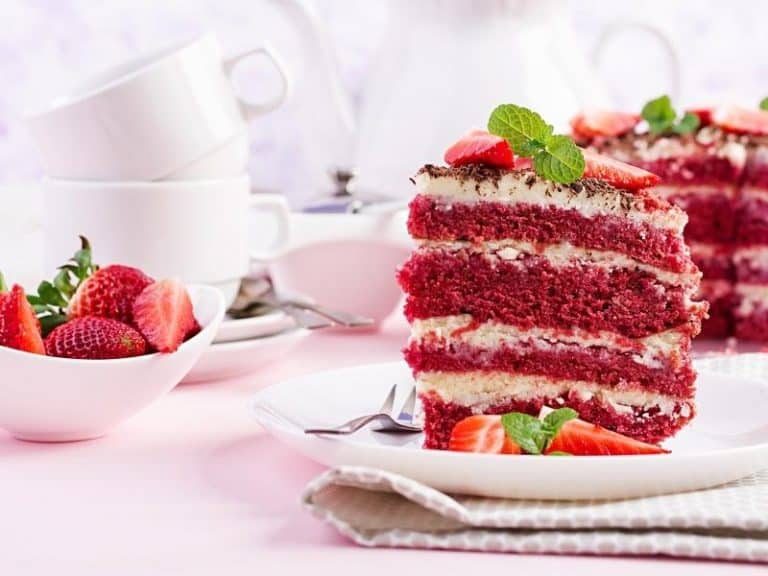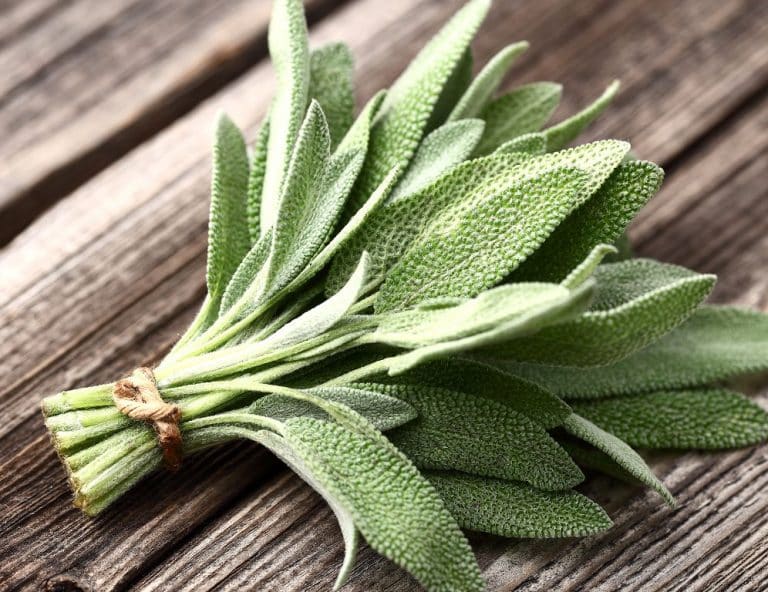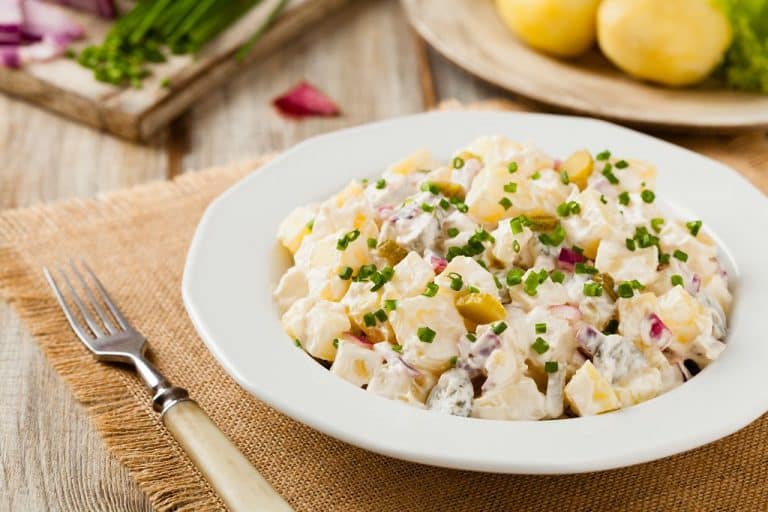Cornstarch Replacement
Cornflour has multiple uses in the kitchen, and surely is an essential ingredient in some of your favorite recipes. Some of the benefits of this versatile substance are: getting that thickness or special texture and stabilizing food.
But perhaps you have wondered about the healthfulness of cornflour? I have. A friend recently brought over tiny cups of a Persian dessert based on cornflour, and they were so delicious that I just ate cup after cup before I began to wonder how many calories I was consuming, whether those were empty calories, if there was any nutrition in those treats.
The truth about cornflour may make you seek alternatives. Cornflour is like the white sugar of nonwheat flours. Consisting of mostly starch, and packed with calories and carbohydrates, cornflour has next to no nutritional worth.
Similar to the processing of white sugar, which results in the ubiquitous but nutritionally deadly substance, deprived of the natural fibers and vitamins in its parent (sugar cane), cornflour is what is left of corn after it’s been ultra-processed. In its original form, corn can be a nutritious whole food; in fact, corn in one of the main components of many indigenous diets.
However, the process of turning whole corn to flour removes the natural fibers and vitamins that it contains. Because of its high sugar content, cornflour is a problematic ingredient for those watching their blood sugar or cholesterol.
You might want to read this article: Best Margarita Mix
High calories and carbohydrates cause weight gain and can lead to obesity. So whether you are just out of cornflour and looking for substitutes to save you an unplanned trip to the supermarket, or if you are looking to make healthier choices when making your favorite recipes, this article will give you all the information you need.
With so many potential substitutes for cornstarch, and most of them vegan or vegetarian, you can phase out over-processed foods and try healthy alternatives. Not all the substitutes are especially healthful; we have included a full list of possibilities to get you through in a pinch.
Related Reading: What Can You Substitute for Cardamom?
Cornflour Substitutes
Here is the complete list of cornflour substitutes; and we have included the benefits and drawbacks of each one, to help you make the choice that is best for you.
1. Potato starch
Potato starch is essentially an empty of nutrition food like cornflour and even acts in a similar way in recipes. It is a powder that is highly processed and made from the dried extract of starch from potatoes.
Because it is gluten-free, it is a viable option for those living with celiac disease, and gluten intolerance. The processing of potatoes to potato starch removes most of its nutrients, but on the plus side, it is much lower in calories and carbohydrates than cornflour.
Therefore, it is a good thickener that adds fewer calories to food.
How to use:
Add potato starch late in the cooking process, as too much heat can cause it to lose its thickening qualities.
2. Rice flour
As you can guess, rice flour is made from ground rice and is traditionally used in Asian cooking to make soups, desserts, and noodles.
Rice flour is relatively healthful when compared with cornstarch. Higher in dietary fiber and protein, and lower in carbohydrates, rice flour can provide a healthy alternative.
How to use:
Mix rice flour in warm, or even cold water to prevent lumps before adding it to foods.
3. Arrowroot flour
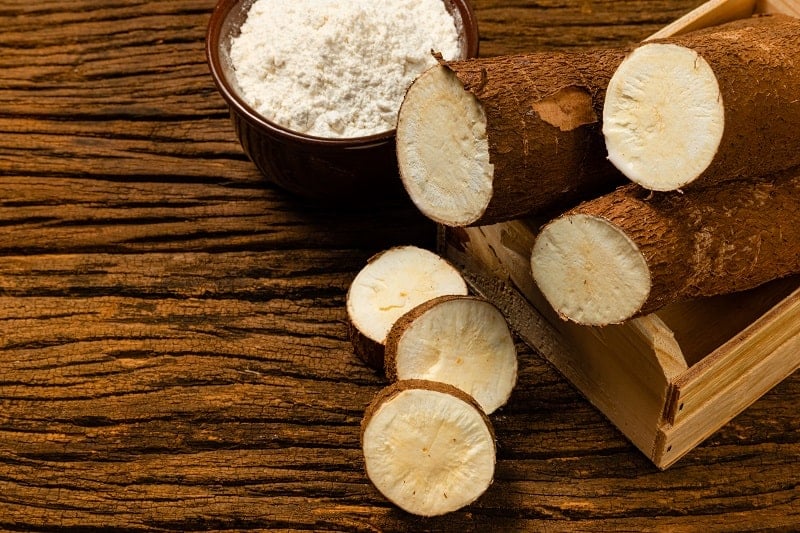
We are guessing that arrowroot may not be an ingredient that you have in your pantry, so we are including it as a healthful alternative to seek out for the long term if you want to make healthier food choices.
Arrowroot is an excellent substitute for cornflour because it has a similar effect in cooking; with a much healthier nutrient profile. It is higher in fiber and calcium, which means that it breaks down in your system more slowly, without spiking blood sugar levels. It is also gluten-free and useful as in diets for those living with celiac disease or people who must maintain a gluten-free diet.
How to use:
Use like cornstarch, but be aware that arrowroot flour may not mix well with dairy products.
4. Wheat flour
Wheat flour is higher in protein than cornflour. It also contains higher levels of dietary fiber, vitamins, and minerals, and lower carbohydrates. For all of these reasons, wheat flour is more nutritious than cornstarch.
However, lower carbohydrates mean that wheat flour is lower in starch, so you will need more of it to get the cornflour effect in your foods.
How to use:
Mix flour briskly (or whisk) in warm water to remove lumps. Look for an even consistency.
5. Sorghum flour
You may not be familiar with sorghum flour, but if you are looking for a healthy alternative to corn flour, allow us to introduce you to this nutritious flour. It is made from ground sorghum grain, which is high in protein, dietary fiber, and antioxidants.
These all make sorghum a good regulator of blood sugar. Plus, high levels of magnesium, iron, B vitamins, phosphorus, and niacin make sorghum flour a very healthy alternative to cornstarch.
It is gluten-free, and therefore suitable for celiac disease and gluten intolerance.
How to use:
Sorghum flour is a wonderful thickener for stews, soups, and chowders.
6. Xanthan gum
Xanthan gum is a bacterial byproduct made from adding a bacteria called Xanthomonas campestris to sugars.
It is useful as a thickener, emulsifier, and gelling agent, but be advised: it contains even fewer nutrients than cornstarch.
7. Cassava or tapioca flour
Cassava flour is a fine white powder made from ground cassava root. Tapioca flour is made from dried ground starch extracted from cassava.
Cassava is a healthful substitute for cornstarch, especially for those with diabetes or prediabetes, because it has a lower glycemic index score than wheat flour. This is because cassava flour has significantly fewer carbohydrates than cornstarch.
8. Guar gum
Guar gum is made from grinding cluster guar bean seeds and appears as a fine powder. It is used as a thickener and stabilizer and has an emulsifying effect similar to that of cornstarch.
Guar gum is very nutritious, with fewer calories and carbohydrates and more dietary fiber than cornstarch, making it a healthful alternative.
Guar gum forms a thick gel in the intestines, which means that it slows digestion and makes you feel fuller, longer. This aids in weight loss, preventing obesity and stabilizing blood sugar levels, which is good for diabetics, and those at risk for developing diabetes.
Guar gum also promotes healthy cholesterol levels, healthy digestion, and higher levels of mineral and vitamin absorption.
How to use:
Use like cornstarch in your favorite recipes.
9. Glucomannan
Glucomannan is made from the roots of the konjac plant (a.k.a. elephant yam).
It is extremely viscous, and water absorptive, which makes it an excellent thickener. It also has high fiber and fewer calories than cornstarch.
Read this Article: How to Make a Substitute for Balsamic Vinegar
Additional Alternatives
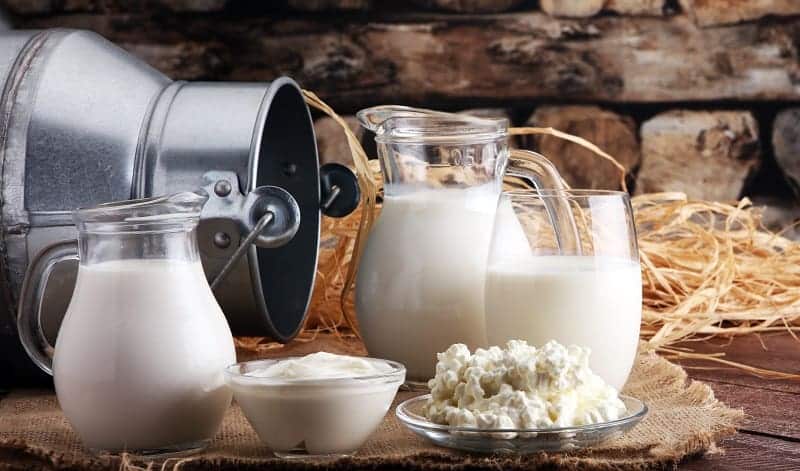
There are other ways to get a thickening effect in your foods. These do add flavor, so choose one that you can live with, that adds to the flavor of your recipe without taking it over.
-
Yogurt and milk can be used as a thickener, and have nutritional benefits like calcium and protein.
-
Blending vegetables and fruits, and adding them to foods, can also create a thickening effect, and instead of empty calories, they actually add nutritional and whole foods.
-
Lastly, coconut milk is a delicious thickener, adding flavor and richness as well.
